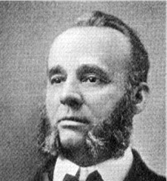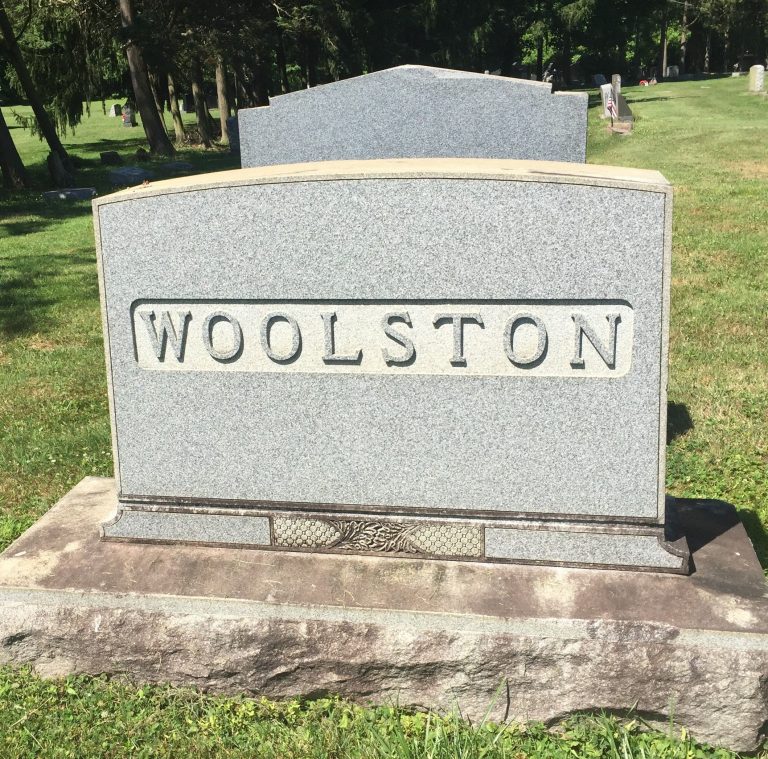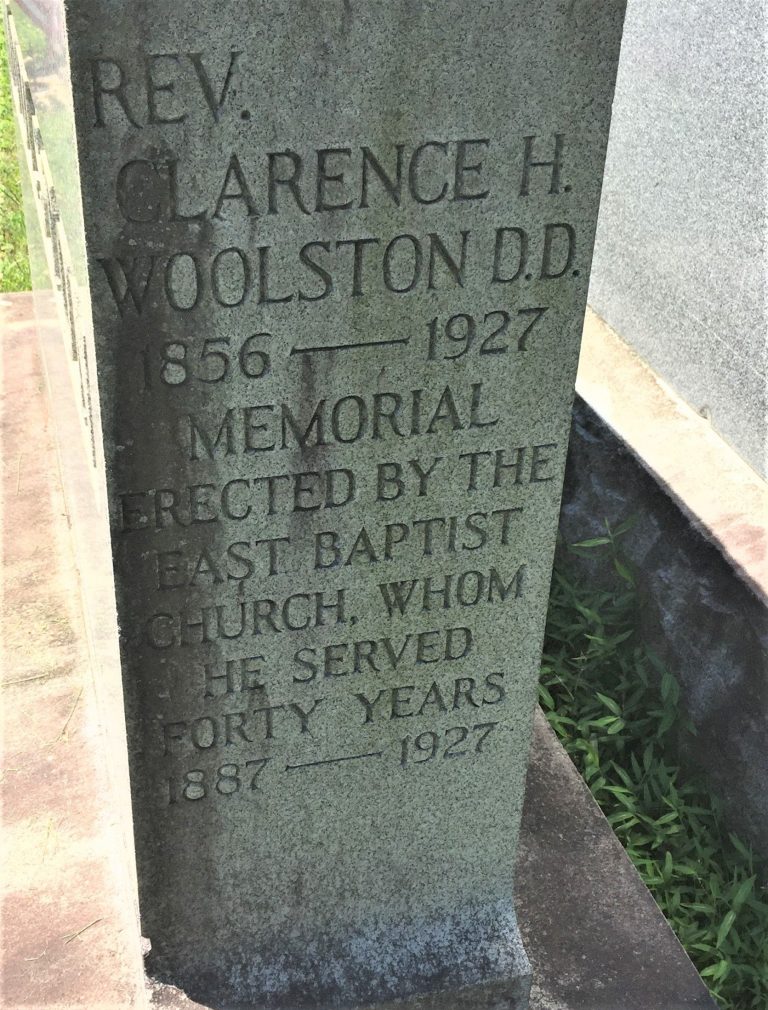Hymn History: Jesus Loves the Little Children & Author: Clarence Herbert Woolston
“A pastor, gospel songwriter, and sleight-of-hand magician, Clarence Herbert Woolston (1856-1927) claimed that he had ‘addressed many more than 1,000,000 children’.”
(C. Michael Hawn)
The Origin of the Hymn “Jesus Loves the Little Children”
Among the simplest and most cherished hymns of childhood, “Jesus Loves the Little Children” has been sung in Sunday schools for over a century. Its bright melody and clear message of Christ’s love for all children have made it a fixture in Christian teaching around the world. Yet behind its familiar tune lies an interesting story of 19th-century evangelism, children’s ministry, and the merging of music and mission.
The Hymn’s Writer: Clarence Herbert Woolston
The words of “Jesus Loves the Little Children” were written by Clarence Herbert Woolston (1856–1927), an American preacher, author, and evangelist from Chicago, Illinois. Woolston was ordained as a Baptist minister but devoted much of his career to evangelism and children’s work. He was known for his ability to speak to young people with warmth and simplicity, often using object lessons and vivid stories to teach spiritual truths.
Woolston’s ministry took shape during a time when Sunday schools were becoming a cornerstone of church life in America. The late 1800s saw an increasing emphasis on reaching children for Christ, inspired by Jesus’ words in Mark 10:14:
“Let the little children come unto Me, and forbid them not: for of such is the kingdom of God.”
It was in this environment of child-centered ministry that Woolston wrote his most famous song. His goal was not to create a hymn for adults, but a song that even the youngest could sing and understand.
The Inspiration: Jesus’ Love for Every Child
The text of the hymn reflects the simple, inclusive message of the Gospel—that Jesus’ love knows no boundaries of race, class, or nationality. The opening line is familiar to millions:
Jesus loves the little children,
All the children of the world.
Red and yellow, black and white,
They are precious in His sight;
Jesus loves the little children of the world.
Woolston’s choice of words was shaped by his day’s missionary vision. The late 19th century was a time when Christian churches were expanding mission work across the globe. Children were often encouraged to pray for “the children of all lands,” and Woolston’s lyrics reflected that spirit. His song taught young hearts that the love of Christ extended to everyone, everywhere—long before the modern language of global unity or diversity came into common use.
The imagery of different “colors” was not meant as a scientific description of humanity but as a poetic way to express the idea of universal love—that all children, regardless of race or nation, are equally precious to God.
The Music: George F. Root’s Melody
The tune to which Woolston’s words are sung was not originally written for this hymn. The melody, known as “Tramp! Tramp! Tramp!”, was composed by George Frederick Root (1820–1895), a prominent American songwriter and music educator. Root wrote it during the American Civil War, and it was first published in 1864 as a marching song of hope for Union soldiers imprisoned in Confederate camps. Its rousing chorus declared:
Tramp, tramp, tramp, the boys are marching,
Cheer up, comrades, they will come!
After the war, Root’s tune became widely known and loved, and like many popular melodies of the day, it was soon adapted for sacred use. Sometime around the 1880s or 1890s, Woolston’s text was set to Root’s familiar melody. The pairing of Woolston’s tender message with Root’s memorable tune created a song that children could easily learn and remember.
The Hymn’s Purpose and Use
“Jesus Loves the Little Children” became a standard in Sunday school hymnals across America by the early 20th century. Its simple refrain made it ideal for teaching small children both music and faith. The song served not only as a teaching tool but as a confession of faith—reminding each child of their own worth in God’s sight.
Woolston also wrote a companion verse sometimes printed in older hymnals:
Jesus died for all the children,
All the children of the world.
Red and yellow, black and white,
They are precious in His sight;
Jesus died for all the children of the world.
This verse reinforced the central Christian truth that Christ’s love was not merely sentimental—it was sacrificial and redemptive. Through such simple songs, generations of children learned the core message of the Gospel.
The Hymn’s Legacy
Over the years, “Jesus Loves the Little Children” has been sung in countless churches, homes, and mission schools. It became part of the spiritual vocabulary of childhood, often among the first songs a Christian child learns—alongside “Jesus Loves Me” and “This Little Light of Mine.”
The hymn’s message has aged well, though modern singers sometimes adapt the words to reflect today’s sensitivity toward language. Regardless of the version, its spirit remains the same: every human life is precious to God.
Clarence Woolston continued writing children’s songs and stories until his death in 1927, but none gained the enduring popularity of “Jesus Loves the Little Children.” He could hardly have imagined how his little hymn would circle the globe—translated into many languages, sung in mission schools in Africa and Asia, and still heard in Sunday schools throughout America.
Conclusion
“Jesus Loves the Little Children” is more than a children’s song; it is a declaration of faith and love that echoes Christ’s own invitation: “Let the children come unto Me.” With its simple melody and universal message, it has shaped generations of young hearts and remains one of the purest expressions of the Gospel ever set to music.
For more than a century, its refrain has reminded both children and adults that no matter who we are or where we come from, we are—each one—precious in His sight.
Related
Sorry, no records were found. Please adjust your search criteria and try again.
Sorry, unable to load the Maps API.


